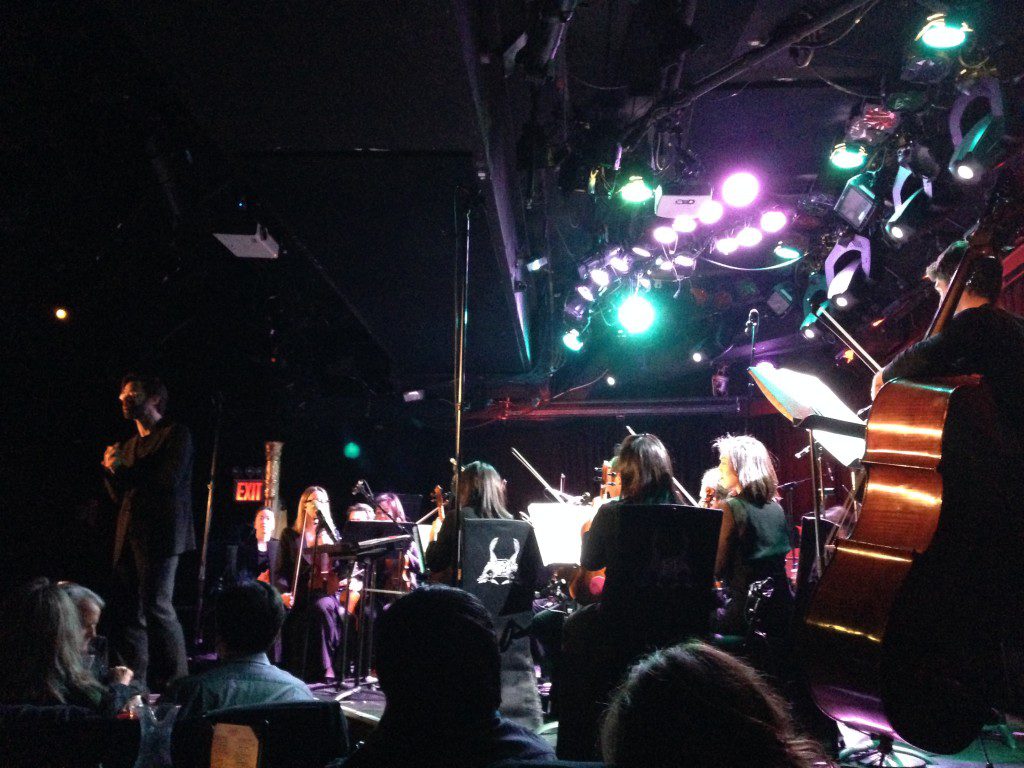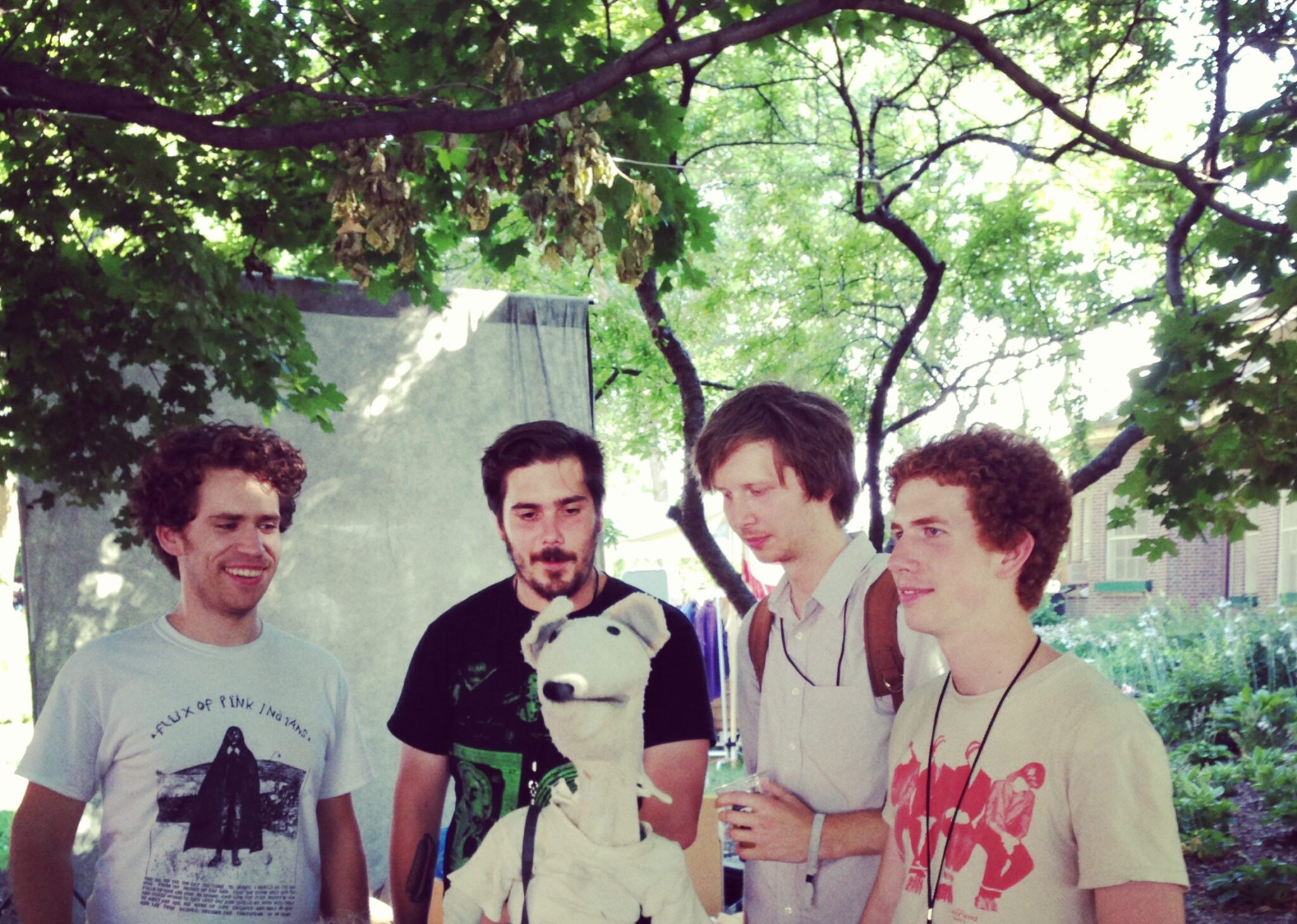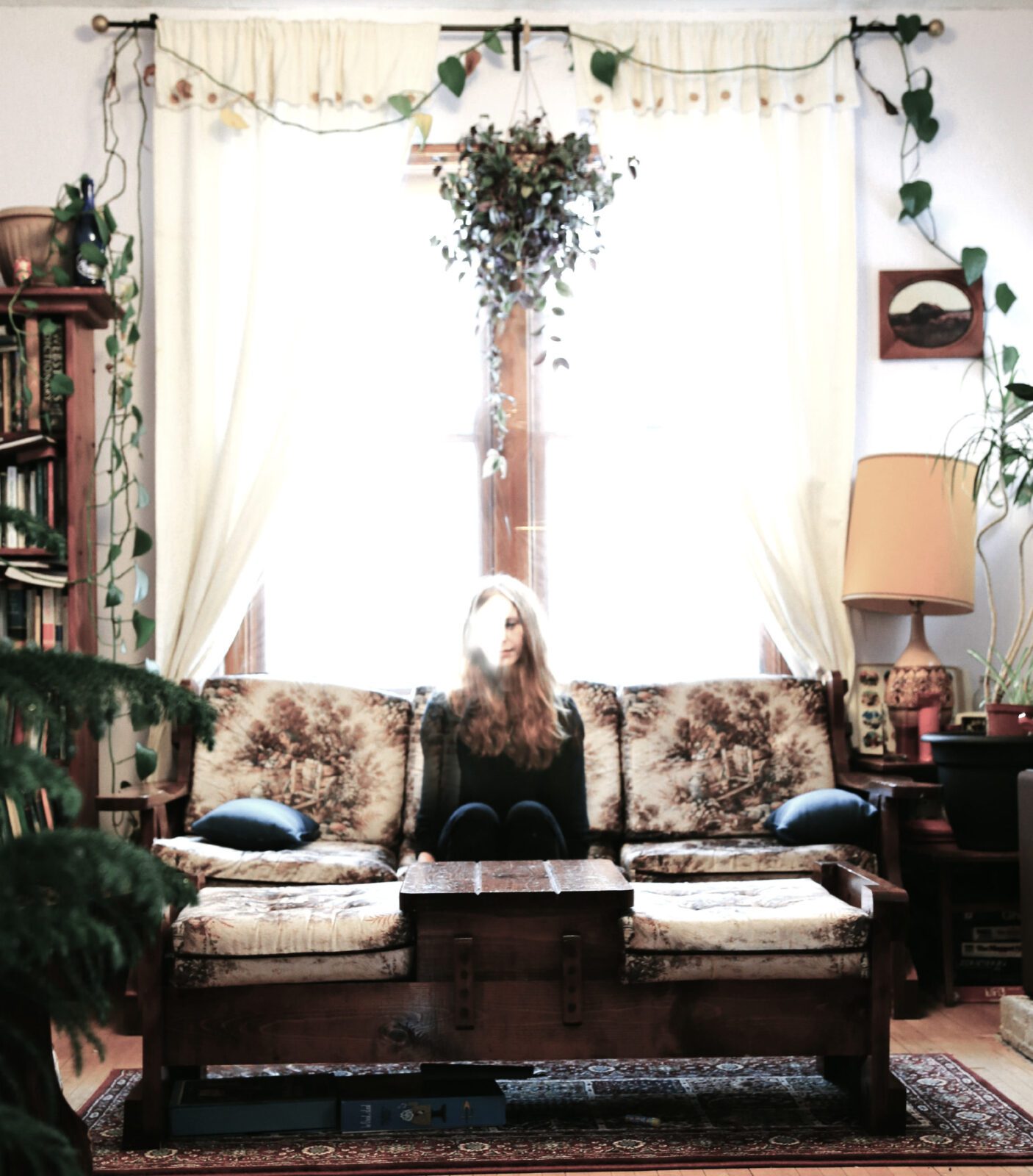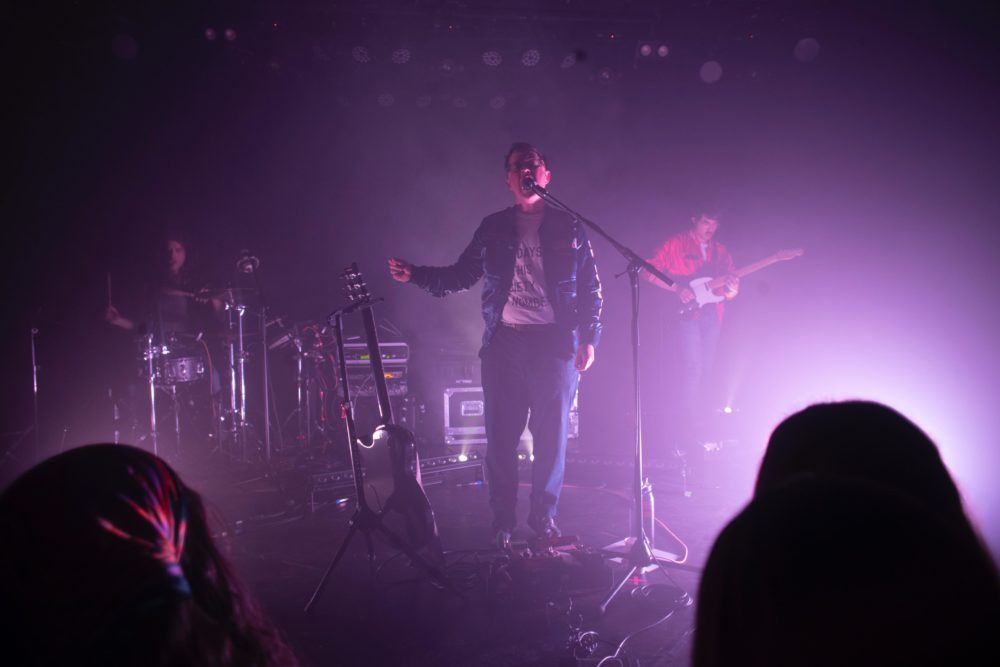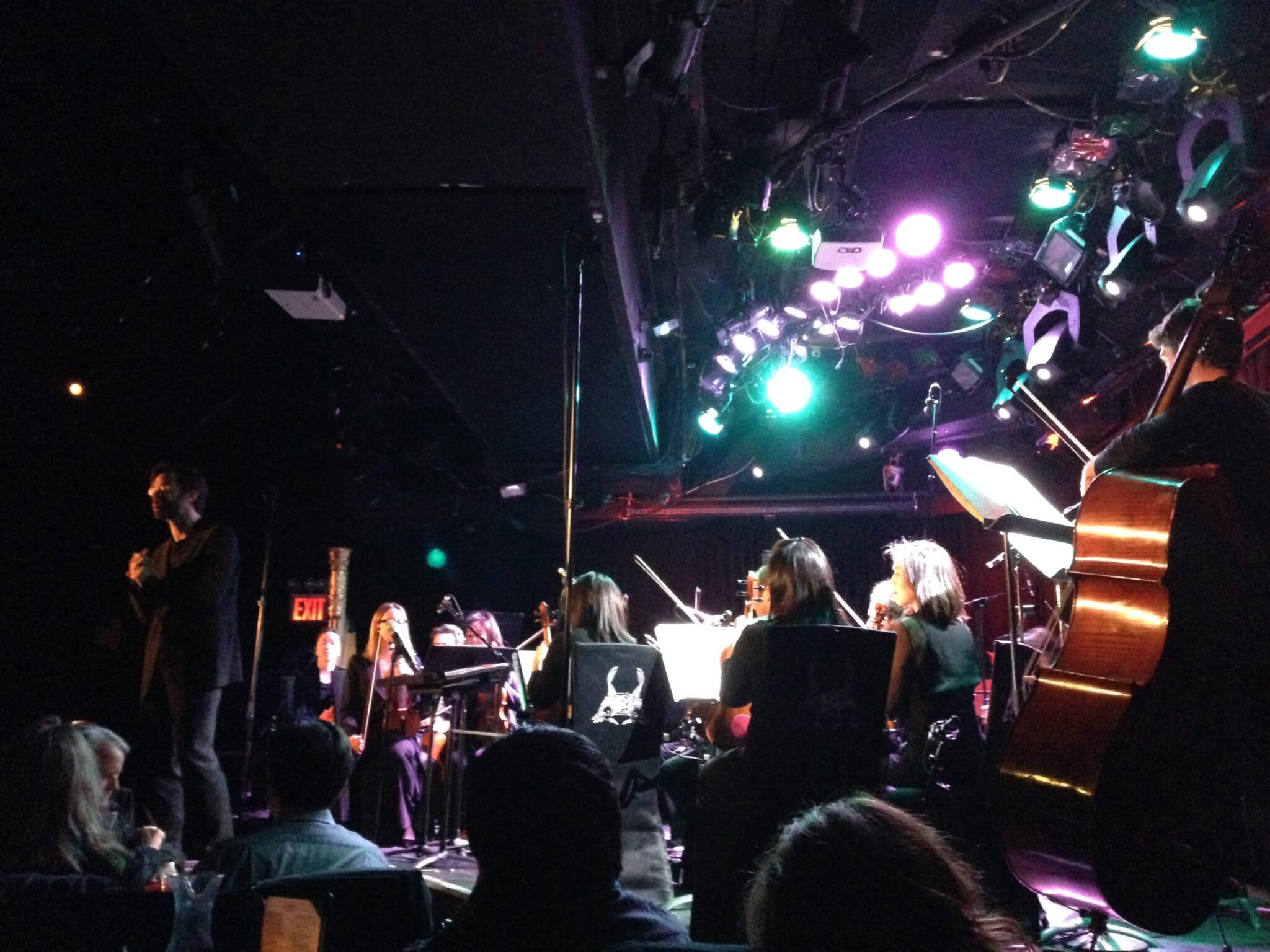
Le Poisson Rouge might seem like an ill-suited venue for a classical concert, but on Friday March 7, the place was transformed into quite a classy joint. The disco ball hanging above the heads of the elegant and clearly seasoned audience was the only giveaway that the concert would be followed by a ’90s-themed dance party with a live cover band and all (yep, I attended both shows).
But perhaps a “modern” and slightly out of the ordinary venue was the ideal spot for the night’s performances by LPR’s own ensemble, conducted by the well-known André de Ridder. The program featured excerpts from Radiohead’s Jonny Greenwood’s score for There Will Be Blood, “Music for Strings, Percussion, and Celesta” by famed composer Béla Bartók, and the U.S. premiere performance of The National’s Bryce Dessner’s “Lachrimae.” Dessner and Greenwood’s works were recently paired together on an album released via Deutsche Grammophon, and the concert celebrated the two composers alongside Bartók, a mutual inspiration and influence.
At 8pm sharp, conductor André de Ridder appeared on stage looking cheerful and excited for the night’s proceedings. He pointed out both Bryce and brother Aaron Dessner seated in the center of the room with their family, but the program began with Greenwood’s compositions first.
The There Will Be Blood score came to life on the stage, with the cinematic sounds seeming much more rich and fleshed out. The dense string section made for a gorgeously layered sound, and the highly emotional pieces were reflected on De Ridder’s facial expressions. He deftly pulled the sounds from the ensemble, embodying the music with wide, sweeping, and dramatic motions.
As it turned out, though, that was simply the warm up. Bryce Dessner’s “Lachrimae” came after the short intermission, introduced by De Ridder who commented that this was “music without any boundaries.” Indeed, “Lachrimae” sounds immediately and arrestingly different, taking off with distorted noises from the cello that captivate with their dissonance. The intense piece required a great deal of energy from the musicians as well as De Ridder—the buildup in tension and, subsequently, the cathartic release were made visually very clear. The song unravels somewhat like a nightmare with feelings of anxiety and fear, but its a scintillating piece nonetheless. Audience members, including the standing audience in the back and Dessner himself, were absolutely rapt for all 13 minutes of the composition.
Béla Bartók’s piece was performed last, with the noticeable addition of a piano and more percussion. “Music for Strings, Percussion, and Celesta” premiered in 1937, but performed side by side with Greenwood’s and Dessner’s works, it seemed to fit right in. The style and themes were conspicuously similar to the other compositions performed that night, with the same kind of tension and feeling of trepidation. The music evokes a sinking sensation and feels sedative and disruptive at the same time. It seemed a fitting choice to close with a piece that further connected the dots between Greenwood and Dessner, ending the night with a full-circle feeling.

